- Importance of Cucumber Care
- Watering
- Proper Watering Techniques
- Pest and Disease Control
- Pest Control
- Disease Control
- Integrated Pest Management (IPM)
- Identifying and Treating Common Pests
- Aphids
- Cucumber Beetles
- Spider Mites
- Slugs and Snails
- Preventing Disease Outbreaks
- 1. Clean and Disinfect Tools and Equipment
- 2. Practice Crop Rotation
- 3. Watch for Early Signs of Disease
- Nutrient Management
- 1. Soil Testing
- 2. Fertilizer Application
- 3. Organic Matter and Compost
- Understanding Cucumber Nutritional Needs
- 1. Soil pH
- 2. Essential Nutrients
- 3. Organic Matter and Mulching
- Using Fertilizers Effectively
- 1. Choose the Right Fertilizer
- 2. Follow the Recommended Application Rates
- 3. Time the Application Properly
- “Question-Answer”
- What are the essential points for successful cucumber care?
- How often should cucumbers be watered?
- What kind of fertilizer should be used for cucumber plants?
- What pests are common in cucumber plants?
- How can I prevent diseases in cucumber plants?
- “Video” 7 Clever Tips For Getting Massive Cucumber Harvests And Extending Your Season
After planting cucumber seeds, it is important to provide proper care to ensure healthy and abundant harvest. Two weeks after planting is a crucial stage in cucumber care, as the plants start to establish their root system and grow vigorously. By following these three essential points, you can ensure the success of your cucumber plants and maximize their yield.
1. Watering:
Watering is one of the most important aspects of cucumber care, especially during the initial stages of growth. Two weeks after planting, it is important to keep the soil consistently moist but not waterlogged. Cucumber plants require regular watering to support their rapid growth and fruit development. Water deeply and evenly, making sure to water at the base of the plants to avoid wetting the leaves, which can lead to diseases. It is recommended to water cucumber plants early in the morning or in the evening to minimize evaporation.
2. Fertilizing:
Proper fertilization is crucial for the healthy growth of cucumber plants. Two weeks after planting, it is important to provide a balanced and rich fertilizer to supply essential nutrients. Cucumber plants are heavy feeders and require regular fertilization to promote strong growth and fruit production. Use a high-quality organic fertilizer or a slow-release granular fertilizer with a balanced ratio of nitrogen, phosphorus, and potassium. Apply the fertilizer according to the package instructions, taking care not to over-fertilize, as this can cause damage to the plants.
3. Pest and Disease Control:
Pest and disease control is essential for the successful growth of cucumber plants. Two weeks after planting, it is important to keep a close eye on the plants and take necessary measures to prevent and control pests and diseases. Common cucumber pests include aphids, cucumber beetles, and spider mites. Regularly inspect the plants and remove any pests by hand or use organic insecticides if necessary. Cucumber diseases such as powdery mildew and downy mildew can be prevented by providing adequate air circulation and avoiding overhead watering.
By following these three essential points for cucumber care two weeks after planting, you can ensure healthy and productive cucumber plants. With proper watering, fertilization, and pest control, your cucumber plants will thrive and reward you with a bountiful harvest.
Importance of Cucumber Care
Cucumbers are a delicate plant that requires proper care to thrive and produce a successful harvest. Here are a few reasons why cucumber care is so important:
- Healthy Growth: Providing proper care to cucumber plants ensures their healthy growth. This includes watering them regularly, providing sufficient sunlight, and ensuring they have enough space to grow. By taking care of these needs, you can promote the development of strong and robust cucumber plants.
- Higher Yield: Taking care of your cucumber plants can significantly increase their yield. Proper care techniques, such as pruning and trellising, help to improve airflow and reduce the risk of disease. This, in turn, allows the plants to direct more energy towards producing fruit, resulting in a higher yield.
- Pest and Disease Prevention: Cucumbers are susceptible to various pests and diseases, such as aphids, cucumber beetles, and powdery mildew. By implementing proper care practices and regularly inspecting your plants, you can catch any pest or disease issues early on and take appropriate measures to prevent them from spreading and causing significant damage to your crop.
Overall, caring for your cucumber plants is crucial for their health, productivity, and protection against pests and diseases. By investing time into properly caring for your plants, you can enjoy a bountiful harvest of delicious cucumbers.
Watering
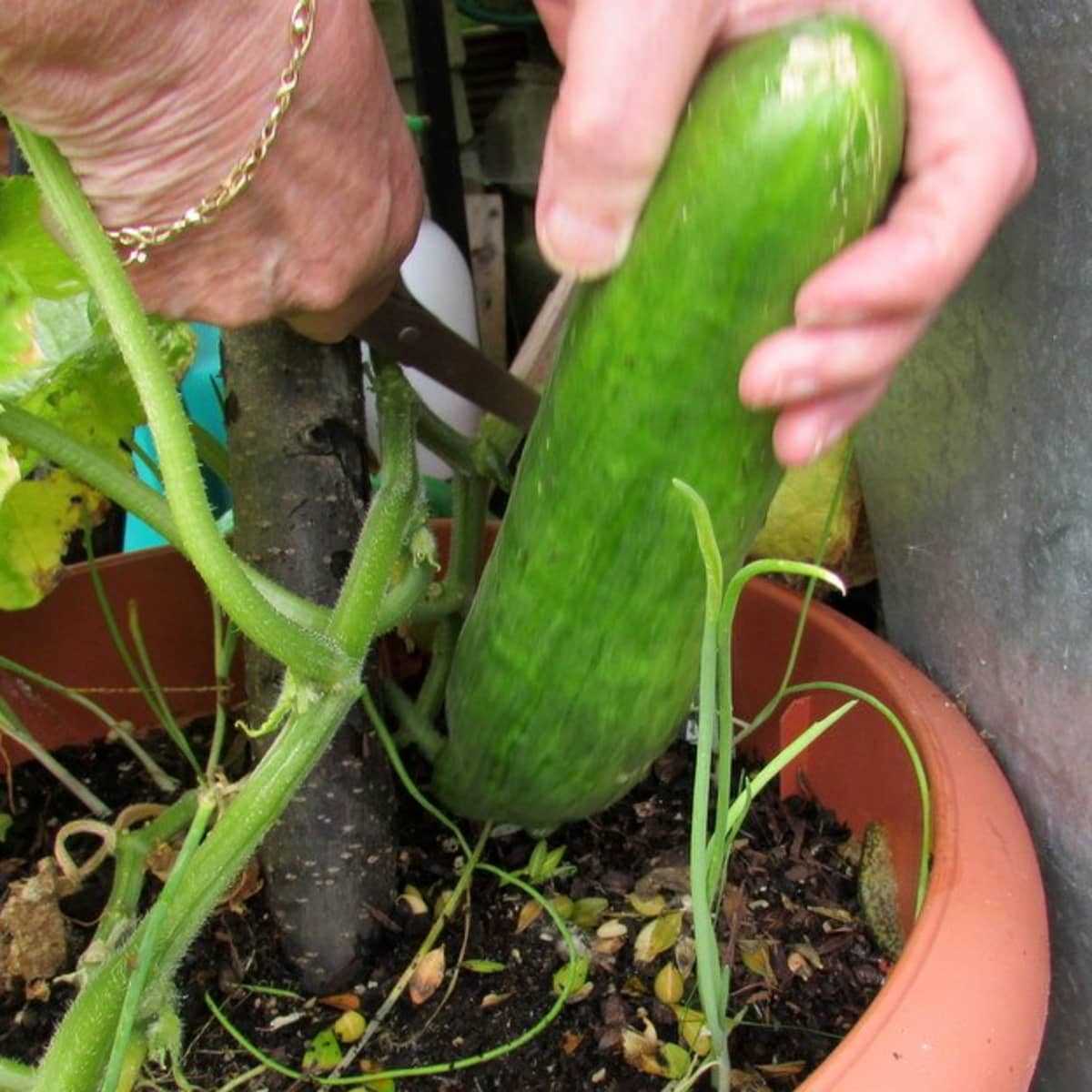
Watering is a crucial aspect of cucumber care in the weeks following planting. Proper watering techniques can help ensure the healthy growth of your cucumber plants and improve their overall productivity. Here are some essential points to keep in mind when it comes to watering your cucumber plants:
- Consistent watering: Cucumbers require consistent moisture, especially during the first few weeks after planting. It is important to water your cucumber plants regularly to keep the soil evenly moist. Avoid letting the soil dry out completely, as this can lead to stunted growth and reduced yield.
- Deep watering: When watering your cucumber plants, aim to provide a deep watering instead of frequent shallow watering. Deep watering encourages the cucumber plant’s roots to grow deeper into the soil, resulting in a stronger and more resilient plant. Ensure that the water penetrates the soil to a depth of at least 6-8 inches.
- Avoid overwatering: While it is essential to keep the soil moist, overwatering can be detrimental to cucumber plants. Overly wet soil can lead to root rot and fungal diseases, which can severely impact the health of your plants. Monitor the moisture level of the soil and adjust your watering schedule accordingly.
One way to determine if your cucumber plants need watering is to check the moisture level of the soil. Insert your finger about 1 inch into the soil near the plant’s base. If the soil feels dry at this depth, it is time to water.
Additionally, using a watering can or a gentle spray nozzle on a hose can help ensure even distribution of water without causing damage to the plants. Water the plants in the early morning or evening when temperatures are cooler to minimize evaporation.
| Watering Technique | Benefits |
|---|---|
| Deep watering | Encourages deeper root growth |
| Consistent watering | Promotes healthy plant growth and productivity |
| Avoiding overwatering | Prevents root rot and fungal diseases |
By following these watering tips, you can ensure that your cucumber plants receive the optimal amount of moisture, leading to vigorous growth and abundant harvests.
Proper Watering Techniques
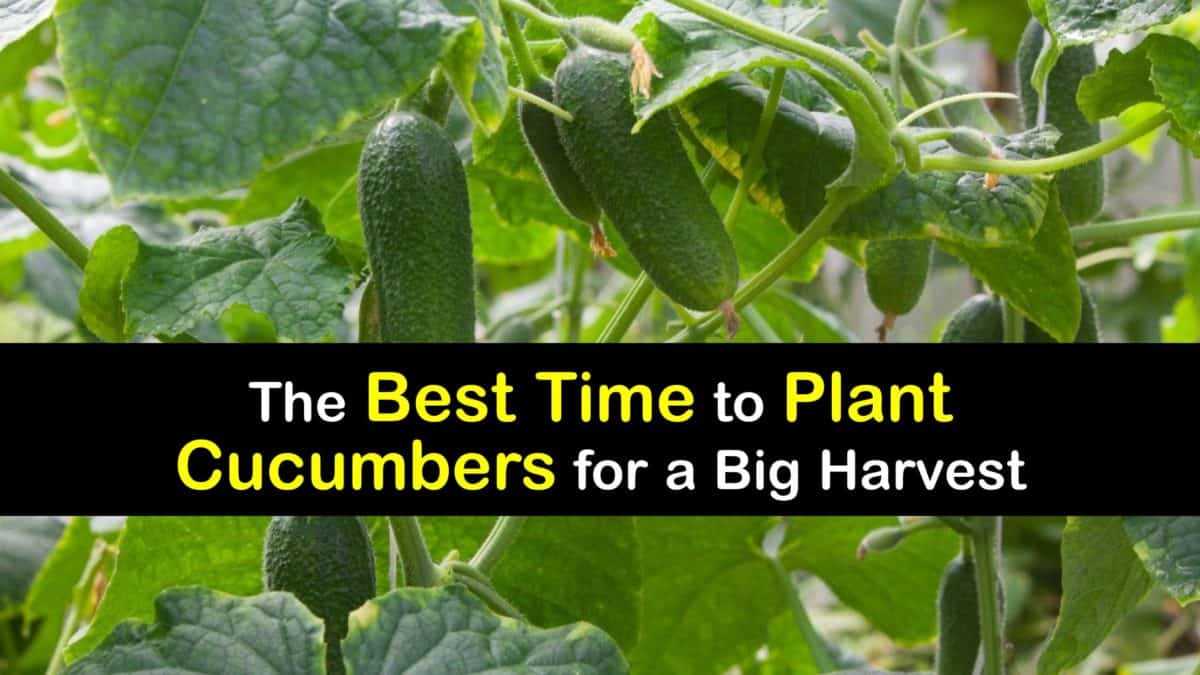
Proper watering is crucial for the healthy growth and development of cucumber plants. Here are some important techniques to follow:
- Consistent watering: Cucumber plants require a consistent supply of moisture to thrive. It is important to water them regularly, especially during hot and dry weather conditions. Aim to keep the soil consistently moist, but not overly saturated.
- Water at the base: When watering cucumber plants, it is best to direct the water at the base of the plants. This helps to avoid wetting the leaves, which can lead to the development of fungal diseases. Watering at the base also ensures that the roots receive the necessary moisture to support healthy growth.
- Deep watering: Deep watering is essential for cucumber plants to develop a strong root system. When watering, make sure to soak the soil thoroughly, allowing the water to penetrate deep into the soil. This encourages the roots to grow deeper, making them more resilient and better able to absorb nutrients.
Additionally, it is important to note that the frequency of watering may vary depending on factors such as weather conditions, soil type, and plant maturity. It is always best to monitor the moisture level of the soil and adjust the watering schedule accordingly.
Pest and Disease Control
Pest Control
- Inspect your cucumber plants regularly for signs of pests such as aphids, cucumber beetles, and spider mites. These pests can quickly multiply and damage your plants if left untreated.
- If you spot any pests on your plants, remove them by hand or use a strong blast of water to wash them off. Alternatively, you can use natural pest control methods such as introducing beneficial insects like ladybugs or using organic insecticides.
- Consider using row covers to protect your cucumber plants from pests. These covers act as a physical barrier and can prevent pests from reaching your plants.
Disease Control
- Prevention is key when it comes to cucumber diseases. Start by selecting disease-resistant cucumber varieties and properly spacing your plants to ensure good airflow.
- Avoid overwatering your cucumber plants, as excess moisture can promote the growth of fungal diseases. Instead, water your plants at the base and try to keep the leaves as dry as possible.
- If you notice any signs of disease, such as yellowing or wilting leaves, discolored spots, or mold, remove the affected plant immediately to prevent the spread of disease to other plants.
- Copper-based fungicides can be used to control fungal diseases such as powdery mildew, but always make sure to read and follow the instructions on the product label.
- Crop rotation is an effective method to prevent the buildup of soil-borne diseases. Avoid planting cucumbers in the same location year after year.
Integrated Pest Management (IPM)
Implementing an integrated pest management (IPM) approach is crucial for successful pest and disease control in cucumber plants. IPM involves a combination of cultural, biological, and chemical control methods:
- Cultural control methods include proper sanitation, plant spacing, crop rotation, and selecting disease-resistant varieties.
- Biological control methods involve the introduction of natural enemies such as beneficial insects or predators that feed on pests.
- Chemical control methods should only be used as a last resort and should be applied according to the manufacturer’s instructions.
By implementing these pest and disease control measures, you can ensure the health and productivity of your cucumber plants.
Identifying and Treating Common Pests
One of the biggest challenges in cucumber care is dealing with common pests that can damage the plants and reduce crop yields. By being able to identify these pests and knowing how to treat them, you can ensure the health and productivity of your cucumber plants. Here are some common pests to watch out for and the best methods for treating them:
Aphids
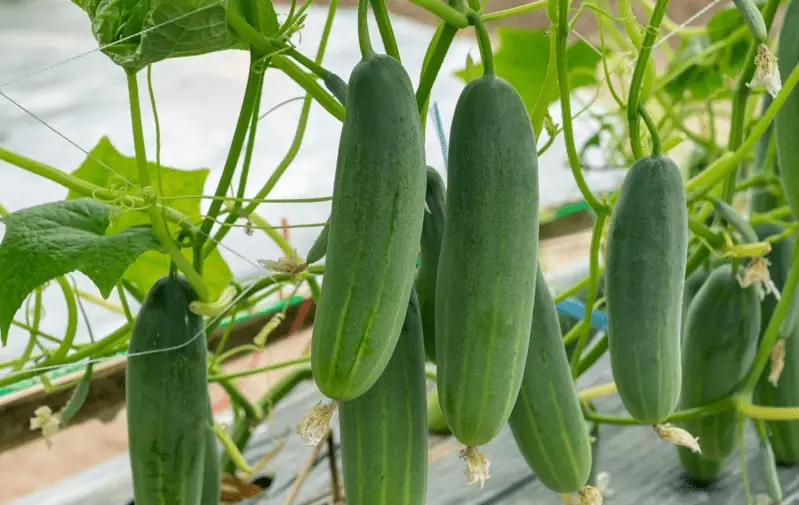
- Aphids are small insects that feed on the sap of cucumber plants, causing stunted growth, leaf curling, and yellowing.
- Remove aphids manually by spraying water on the affected plants or by using insecticidal soap.
- Encourage natural predators like ladybugs and lacewings that feed on aphids.
Cucumber Beetles
- Cucumber beetles are small, striped insects that attack young cucumber plants, feeding on leaves and transmitting diseases.
- Use yellow sticky traps to attract and catch cucumber beetles.
- Apply organic insecticides such as neem oil or pyrethrin to control cucumber beetles.
Spider Mites
- Spider mites are tiny pests that suck the sap from cucumber plants, causing yellowing leaves and fine webbing.
- Introduce predatory mites or use insecticidal soap to control spider mite infestations.
- Regularly spray plants with a strong jet of water to prevent spider mites from becoming established.
Slugs and Snails
- Slugs and snails are common pests that feed on cucumber leaves, causing irregular holes and leaf damage.
- Remove slugs and snails manually by handpicking them or using beer traps.
- Apply organic slug and snail bait around the base of cucumber plants to deter them.
Regular monitoring of your cucumber plants is important to catch and treat pest infestations early. By using organic and eco-friendly pest control methods, you can protect your cucumber plants without harming beneficial insects and the environment.
Preventing Disease Outbreaks
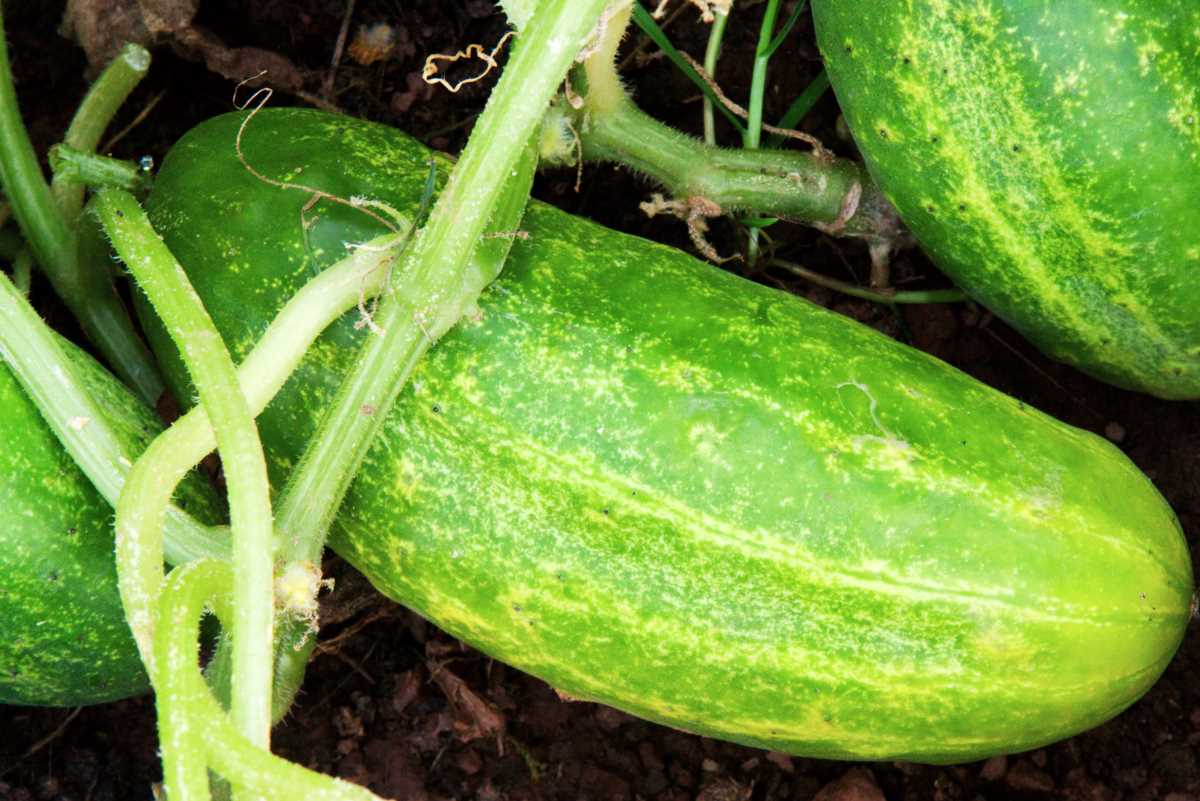
1. Clean and Disinfect Tools and Equipment
In order to prevent disease outbreaks in your cucumber plants, it is essential to regularly clean and disinfect your gardening tools and equipment. Bacteria, fungi, and other pathogens can easily spread from one plant to another through contaminated tools. To disinfect your tools, you can use a solution of bleach and water or a commercial disinfectant specifically designed for gardening tools. Make sure to thoroughly clean all surfaces, including the handles, blades, and any other areas that come into contact with the plants.
2. Practice Crop Rotation
Crop rotation is a technique used to prevent the buildup of disease-causing pathogens in the soil. By rotating your cucumber plants with other unrelated crops, you can disrupt the life cycle of pests and diseases that specifically target cucumbers. Ideally, you should rotate your cucumber plants with crops from different plant families. For example, you can plant tomatoes or beans in the same area where you had cucumbers in the previous season. This can help reduce the risk of disease outbreaks and maintain healthier plants overall.
3. Watch for Early Signs of Disease
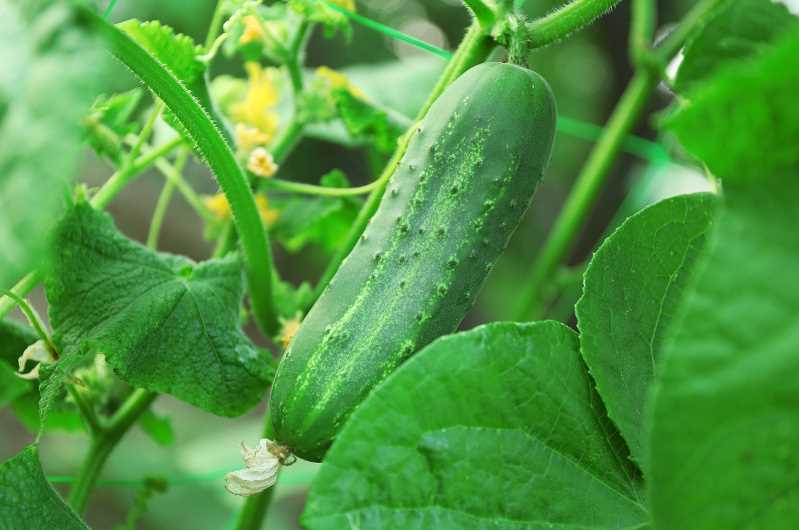
Regularly inspect your cucumber plants for any signs of disease. This can include discoloration, wilting, spotting, or any unusual growth patterns. By catching and identifying diseases early, you can take appropriate measures to prevent their spread and minimize the damage to your plants. If you notice any signs of disease, remove and destroy the affected plant parts immediately to prevent the spread of pathogens to healthy plants. It is also important to maintain good air circulation around your plants and avoid overcrowding, as these conditions can contribute to the development and spread of diseases.
By following these prevention strategies, you can help protect your cucumber plants from disease outbreaks and ensure a healthier and more productive garden.
Nutrient Management
Proper nutrient management is essential for healthy cucumber plants and a successful harvest. Cucumbers have specific nutrient requirements that must be met in order to promote vigorous growth and fruit production. Here are three important points to consider when it comes to nutrient management for cucumbers:
1. Soil Testing
Before planting cucumbers, it is important to conduct a soil test to determine the nutrient content and pH level of the soil. This information will help guide your nutrient management approach and ensure that the plants have access to the necessary nutrients. Cucumbers prefer a slightly acidic soil with a pH level between 6 and 7. If the pH level is too high or too low, it can impede nutrient uptake.
Additionally, the soil test results will indicate any nutrient deficiencies or excesses. Based on these findings, you can adjust your fertilizer application to provide the appropriate nutrients in the right amounts. Common nutrient deficiencies in cucumbers include nitrogen, phosphorus, potassium, and magnesium.
2. Fertilizer Application
Once you have the soil test results, you can choose a fertilizer that is tailored to the specific needs of cucumbers. It is best to use a balanced fertilizer with equal amounts of nitrogen, phosphorus, and potassium (NPK), such as a 10-10-10 or 16-16-16 formula. This will provide a well-rounded nutrient profile for the plants.
Cucumbers should be fertilized at regular intervals throughout the growing season. Generally, it is recommended to apply fertilizer every 4-6 weeks. Be sure to follow the manufacturer’s instructions for the specific fertilizer you are using, as application rates may vary.
3. Organic Matter and Compost
In addition to using fertilizer, incorporating organic matter into the soil is beneficial for cucumber plants. Organic matter improves soil structure, enhances nutrient availability, and promotes beneficial microbial activity. Compost, composted manure, or other organic materials can be added to the soil before planting to boost its fertility.
During the growing season, you can also apply a layer of compost or organic mulch around the cucumber plants. This will help conserve moisture, suppress weeds, and gradually release nutrients into the soil as it breaks down.
By following these nutrient management practices, you can ensure that your cucumber plants receive the necessary nutrients for healthy growth and abundant fruit production.
Understanding Cucumber Nutritional Needs
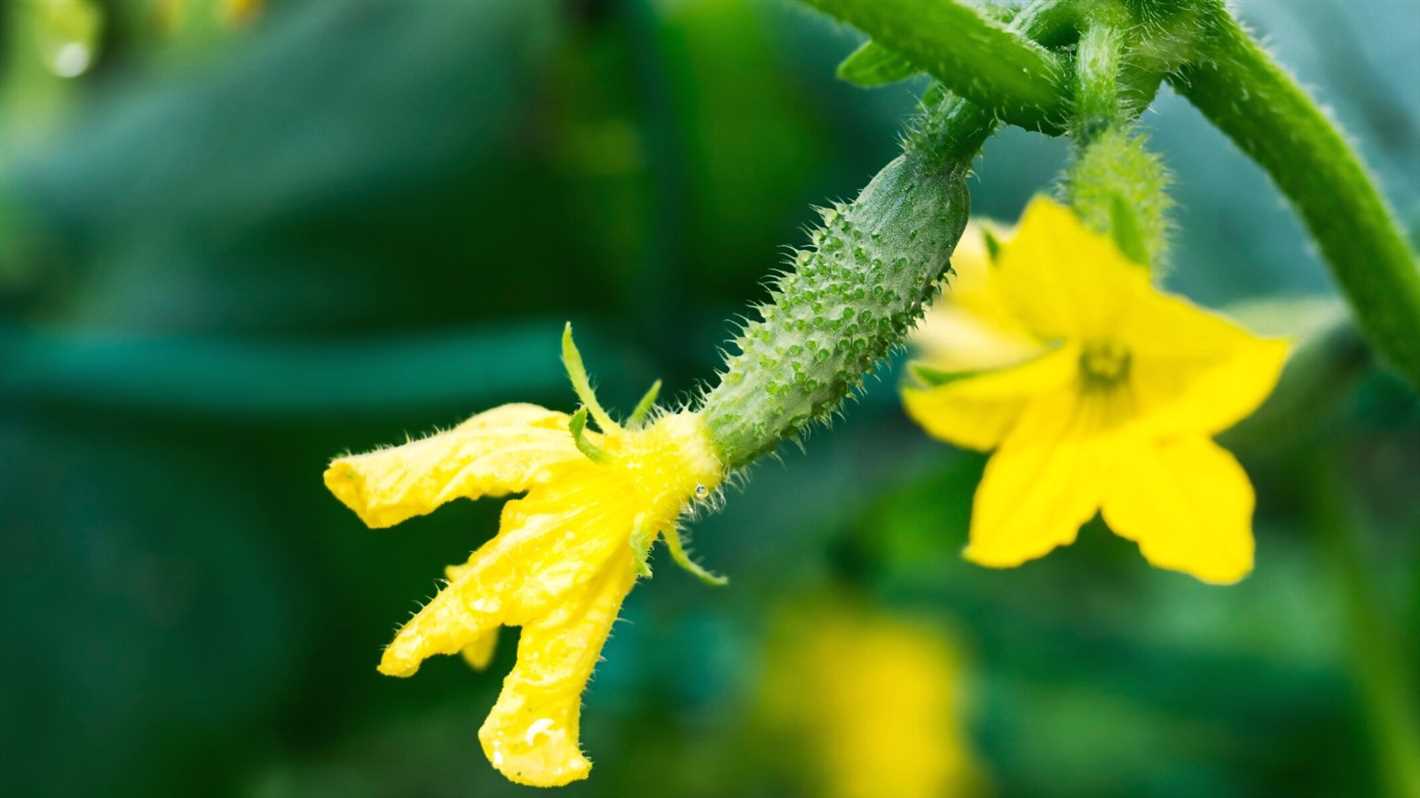
Cucumbers are a popular vegetable to grow in home gardens due to their refreshing taste and versatility in recipes. However, in order for cucumber plants to thrive and produce abundant yields, it is important to understand their nutritional needs. Providing the right balance of nutrients will ensure healthy plant growth and maximize fruit production.
1. Soil pH
One important factor to consider when it comes to cucumber nutrition is the pH level of the soil. Cucumber plants prefer slightly acidic soil, with a pH range of 6.0 to 6.8. It is recommended to test the soil pH before planting cucumbers and adjust it if necessary. To increase the acidity of the soil, you can add organic matter like compost or peat moss. If the soil pH is too low, you can add agricultural lime to raise it.
2. Essential Nutrients
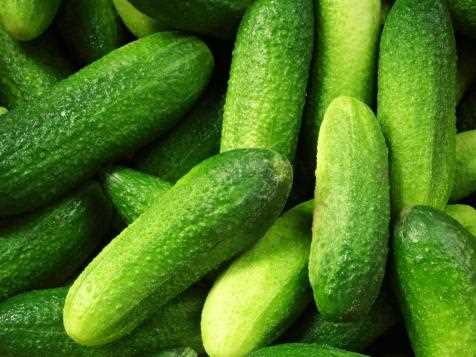
Cucumbers have specific nutrient requirements to support their growth and fruit development. These essential nutrients include:
- Nitrogen: Cucumber plants require a sufficient supply of nitrogen for healthy leaf and stem growth. Incorporate nitrogen-rich fertilizers or organic materials like well-rotted manure into the soil.
- Phosphorus: Phosphorus is important for root development and fruit production. Use phosphorus-rich fertilizers or add bone meal to provide an adequate amount of phosphorus for cucumber plants.
- Potassium: Potassium helps in overall plant growth and disease resistance. Add potassium-rich fertilizers or use wood ash to supply the necessary potassium to cucumber plants.
- Calcium: Calcium is essential for preventing disorders like blossom end rot in cucumbers. Incorporate calcium-rich amendments or use calcium nitrate to ensure sufficient calcium levels in the soil.
- Magnesium: Magnesium is needed for chlorophyll production and overall plant health. Apply magnesium sulfate or Epsom salt to the soil to meet the magnesium requirements of cucumber plants.
3. Organic Matter and Mulching
In addition to providing essential nutrients, incorporating organic matter into the soil and applying mulch can greatly benefit cucumber plants. Organic matter improves soil structure, drainage, and fertility, resulting in better nutrient availability for the plants. Mulching helps conserve moisture, regulate soil temperature, and suppress weed growth around cucumber plants.
By understanding the nutritional needs of cucumber plants and taking appropriate measures to provide these nutrients, you can ensure healthy plant growth and a bountiful cucumber harvest.
Using Fertilizers Effectively
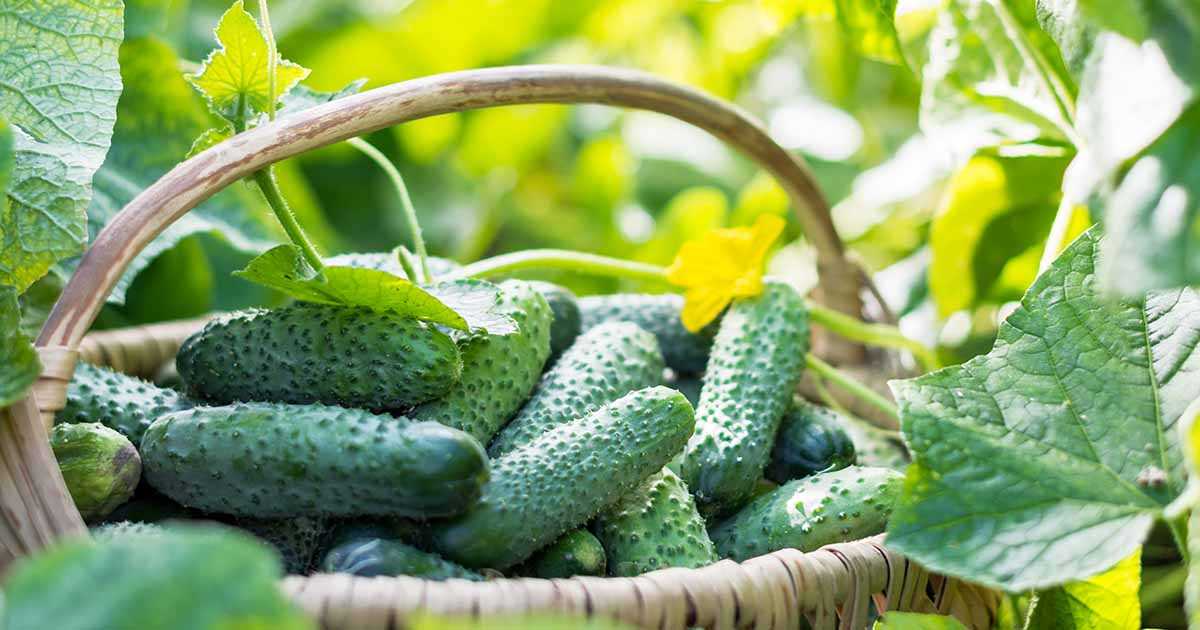
Fertilizers play a crucial role in the healthy growth and development of cucumber plants. When used effectively, fertilizers can provide the necessary nutrients for the cucumber plants to thrive. Here are some essential tips for using fertilizers effectively:
1. Choose the Right Fertilizer
It is important to choose the right fertilizer for cucumber plants. Look for a balanced fertilizer that contains a mix of nitrogen, phosphorus, and potassium. These three nutrients are essential for healthy plant growth. Additionally, consider using organic fertilizers, such as compost or manure, as they provide slow-release nutrients and improve soil health.
2. Follow the Recommended Application Rates
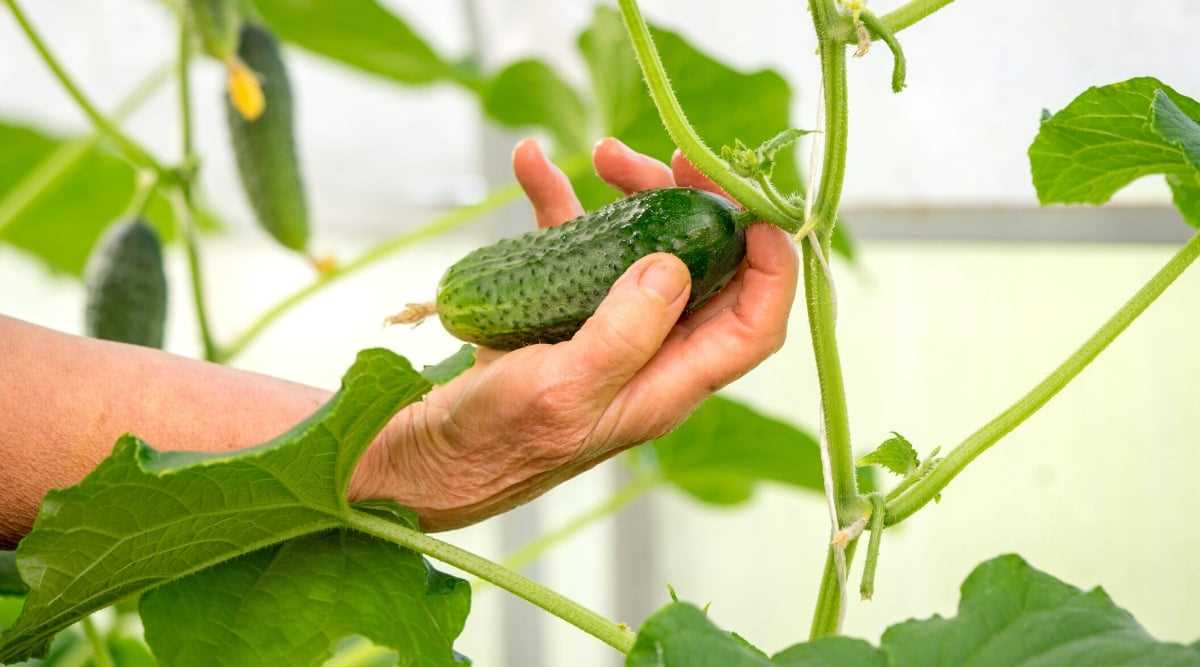
It is crucial to follow the recommended application rates mentioned on the fertilizer packaging. Applying too much fertilizer can harm the plants, while applying too little may result in nutrient deficiencies. Use a measuring tool, such as a scale or measuring cup, to ensure accurate application.
3. Time the Application Properly
Cucumber plants require different amounts of nutrients at different growth stages. It is important to time the fertilizer application properly to meet their nutritional needs. Apply fertilizer before planting to provide a good nutrient base, and then apply additional fertilizer during the growing season. Be careful not to apply fertilizer too close to the plant stems, as it may burn the roots.
Using fertilizers effectively is essential for the successful care of cucumber plants. By choosing the right fertilizer, following recommended application rates, and timing the application properly, you can provide the necessary nutrients for your cucumber plants to thrive.
“Question-Answer”
What are the essential points for successful cucumber care?
The essential points for successful cucumber care include proper watering, fertilization, and pest control.
How often should cucumbers be watered?
Cucumbers should be watered deeply once or twice a week. The soil should be moist, but not waterlogged.
What kind of fertilizer should be used for cucumber plants?
A balanced fertilizer with a ratio of 10-10-10 is recommended for cucumber plants. This will provide them with the necessary nutrients for healthy growth.
What pests are common in cucumber plants?
Common pests in cucumber plants include aphids, cucumber beetles, and spider mites. It is important to regularly inspect the plants and take appropriate measures to control these pests.
How can I prevent diseases in cucumber plants?
To prevent diseases in cucumber plants, it is important to plant disease-resistant varieties, practice crop rotation, and provide adequate spacing between plants for proper air circulation. It is also recommended to avoid overhead watering and remove any infected plants immediately.







